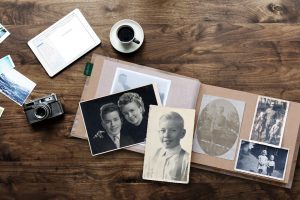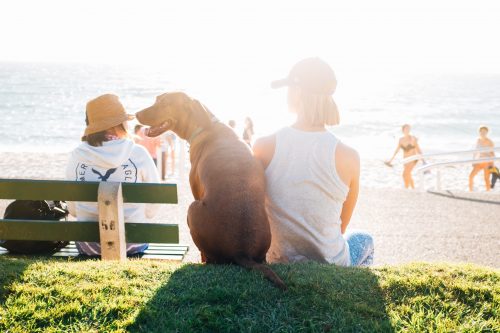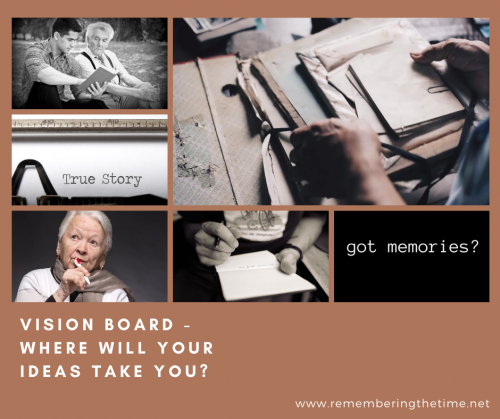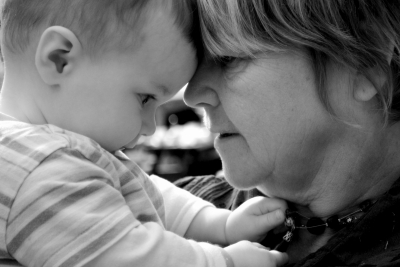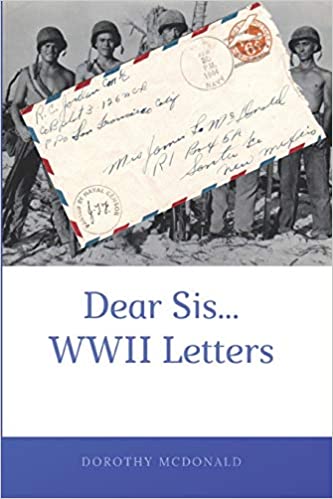
A friend posted this statement today in a memoir writing discussion thread: “Tomorrow is too late, live today” Then she asked, “Would you agree?” Wow! I can’t stop thinking about this, it’s such an interesting thought and question.
Carpe Diem! Seize the Day!
So many people become stuck in the mire of perfection. Someday, when “x” happens, if this is settled, then I’ll…. We’ve all talked this way. But then…decades go by and you’ve missed out on precious time and memories.
While of course it’s wise to plan and implement for today, tomorrow, and the future, there are opportunities and decisions that must be acted on in the moment. Over analyzing can keep us stuck. That said, it is never too late to take the next right step! As for me, I thrive on balanced living in all three time zones, past, present, and future (I do work with memoir, after all). This one life is a priceless gift and I don’t want to waste a minute of it. So today is simple, sweet, and designed to get you future authors and family historians un-stuck.
Here’s one big Seize the Day tip, it’s like a NEON YELLOW easy button, that can help you move forward with writing your memoir or family history:
#1: REPURPOSE things you’ve already created to get a jumpstart on your memoir content. Can you really do this? Sure thing – letters, recipes, journal entries, newspaper clippings, even descriptions of gifts you’ve made can form the foundation for a new chapter. You can include them as is, expound on the material, or use them as memory prompts. Create a themed collection if you like and make a simple photo book.
Photo book companies send out frequent discounts and can be an easy way to share the story of your keepsakes. Think beyond just photos, you can add story text, recipes, use your imagination. Try Shutterfly, Blurb, Mixbook, Snapfish, Picaboo to name just a few…search for the sales codes.
Now is the ideal time to begin thinking about a simple project to create as a gift for upcoming holidays, birthdays, anniversaries. Books like these gain instant heirloom status and are the secret sauce in memorable gift-giving.
By sharing the story behind family history keepsakes everyone benefits. No one gains if they stay shoved in a box. It is not the item that is of value but the memories behind it. Are you getting the most mileage from these materials you can? Do a little digging and help your family gain a rich understanding of their background and history. You’ll have fun in the process.
Bonus tip: Bet you thought of at least a couple items in your family history collection that you can do this with. Now, go and IMMEDIATELY APPLY these ideas to your treasures while the thought is fresh. Set a timer for 10 minutes and write out everything that comes to mind. Organize it later!
Need help? Feel free to contact me anytime and we’ll brainstorm some options. I’d love to hear from you!
Karen
